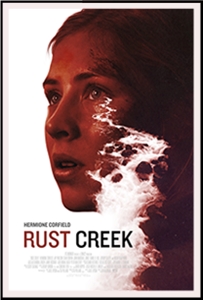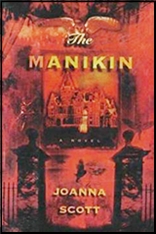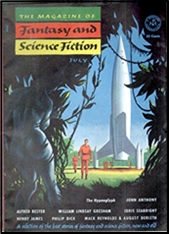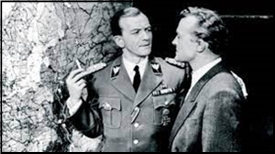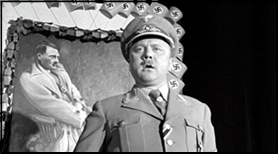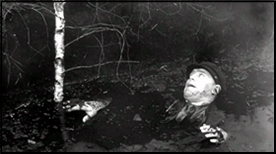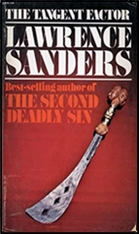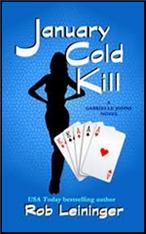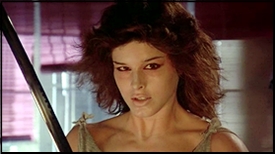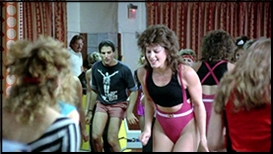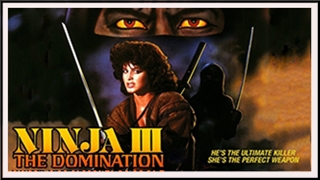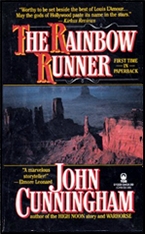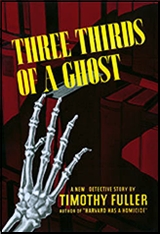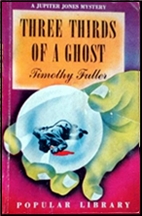Sun 29 May 2022
A Movie Review by Jonathan Lewis: RUST CREEK (2018).
Posted by Steve under Crime Films , Reviews[5] Comments
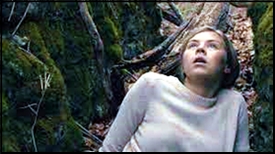
RUST CREEK. Premiered at the 2018 Bentonville Film Festival and was released theatrically on January 4, 2019. Hermione Corfield as Sawyer Scott, Jay Paulson as Lowell Pritchert, Sean O’Bryan as Sheriff O’Doyle, Micah Hauptman as Hollister. Script by Julie Lipson, based on an original story by Stu Pollard. Directed by Jen McGowan. Currently streaming on Netflix.
A week or so ago, I reviewed Borrego, a female-centered indie thriller in which a young protagonist must evade nefarious drug dealers. And as I mentioned in the review, the whole affair – despite the stellar cinematography – seemed forced, artificial. That’s not the case in Rust Creek, another survivor thriller movie that has a similar premise, but which delivers vastly more satisfying results.
Sawyer Scott (an exceptionally well cast Hermione Corfield) is a senior at Centre College in Kentucky. Rather than returning home to her family during Thanksgiving break, she decides to embark on a solo road trip to Washington D.C. for a job interview. Big mistake. What starts off as a promising venture turns into a nightmare when she stumbles upon two backwoods brothers up to no good. Although they are not nearly as grotesque as the villains from Deliverance (1972), Hollister (Micah Hauptman) and Buck (Daniel R. Hill) are what you might expect. Crass, brutal, and not all that bright.
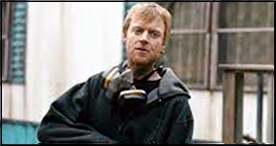
But evading these two brothers isn’t the least of Sawyer’s difficulties; she also must navigate her survival in the face of the harsh Appalachian outdoors, a leg injury, and a meth cook by the name of Lowell Pritchert (Jay Paulson) who happens to be the outlaw brothers’ cousin. And if that’s not enough, there’s also a corrupt local sheriff (Sean O’Bryan) who, as it turns out, is in business with the brothers, hoping to make significant inroads into the methamphetamine trade.
Jen McGowan directs the proceedings with skill and a delicate understatement, never really forcing her cast to present artificial emotions or to engage in the maudlin-type moments that marred Borrego.
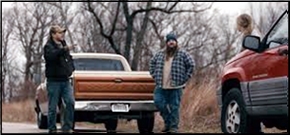
Rather, she generally relies on her actors to convey complex emotions through physical mannerisms and their actions rather than through overly emotive dialogues. There is one exception to this – a monologue by Lowell (Paulson) that I didn’t find convincing given his socioeconomic and class status – but otherwise, the movie delivers the goods without forcing a message upon the audience.
Rust Creek apparently didn’t have much of a theatrical release, having been released to video-on-demand after premiering at a film festival. But it did quite well on Netflix, which is where I happened upon it. I don’t think that I will ever particularly seek out the film for a second viewing, but I enjoyed it for what it was. Solid, steady film-making that doesn’t condescend to the audience and which provides good escapist entertainment. Which is all too much a rarity these days.
